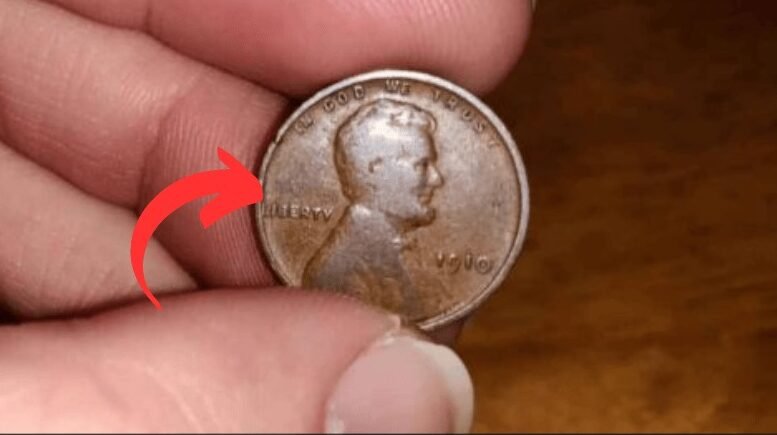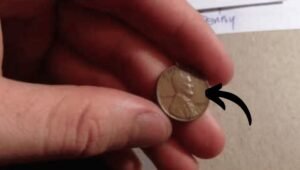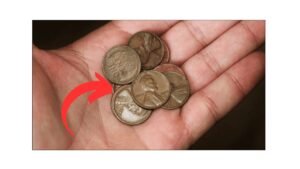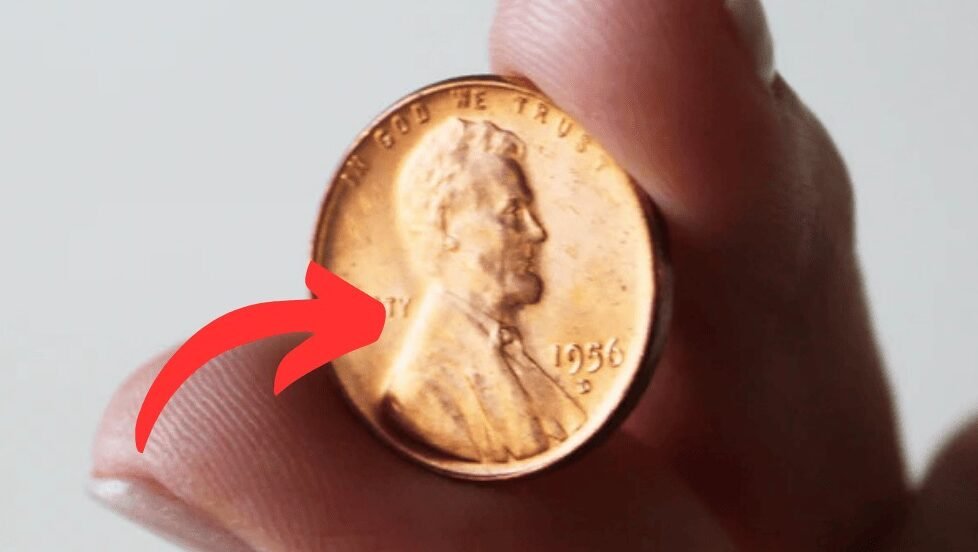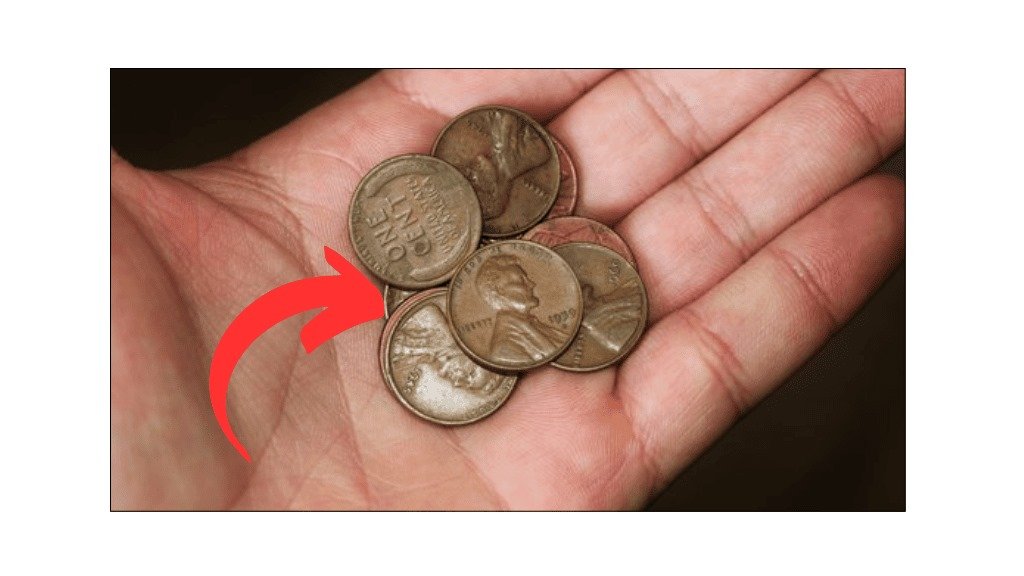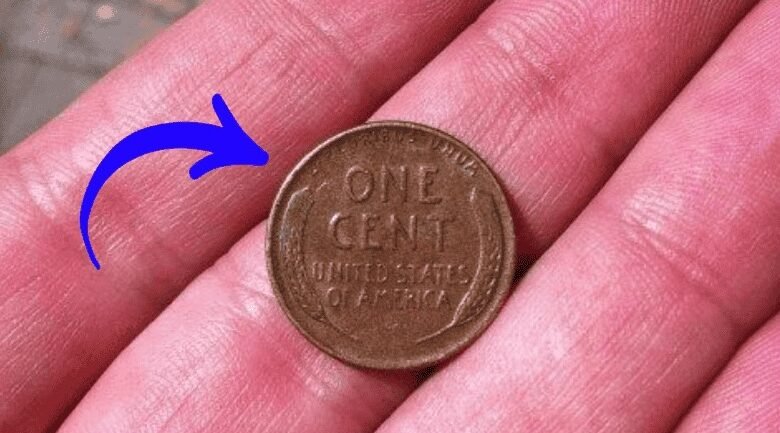The Lincoln Wheat penny, a classic piece of American history, has fascinated collectors for decades. While these pennies were produced from 1909 to 1958, one specific coin has recently been valued at an astounding $123,000.
The fact that this rare penny is still in circulation today adds to the mystery and allure surrounding these historical coins.
In this article, we’ll explore the history of the Lincoln Wheat Penny, the factors that contribute to its high value, and how you can spot one of these rare gems if you’re lucky enough.
The History of the Lincoln Wheat Penny
The Lincoln Wheat penny was introduced in 1909 to celebrate the 100th anniversary of President Abraham Lincoln’s birth.
Designed by Victor David Brenner, the coin features a portrait of Lincoln on the obverse (front) side and two stalks of wheat on the reverse side, giving it the “Wheat” nickname.
The design remained in use until 1958, when it was replaced by the Lincoln Memorial design to mark the 150th anniversary of Lincoln’s birth.
Over the years, the Lincoln Wheat penny became a staple of American currency, with millions produced each year. However, the most valuable of these pennies are not the regular ones you might come across in your pocket change.
Instead, they are rare editions that feature unique characteristics, such as errors in minting or low production runs, making them highly sought after by collectors.
What Makes a Lincoln Wheat Penny Worth $123k?
While most Lincoln Wheat pennies are worth just one cent, some are worth far more. The coin valued at $123,000 is a rare example that has become a collector’s dream.
Several factors contribute to its high price, including its rarity, condition, and historical significance.
- Minting Errors: Some Lincoln Wheat pennies have unique errors that make them much more valuable than regular pennies. These errors can range from misspelled words to off-center strikes, where the design is misaligned. One of the most famous error coins is the 1943 copper penny, which was mistakenly minted using copper instead of steel. This rare coin can fetch thousands of dollars at auction.
- High-Grade Condition: The condition of a coin plays a major role in determining its value. Coins in perfect, uncirculated condition are considered to be of high grade and can be worth much more than those that are worn or damaged. A 1909-S VDB penny, for example, can be worth a small fortune if it’s in mint condition.
- Low Mintage Years: Some years saw fewer pennies being minted, which increases the value of those coins. The 1914-D penny, for example, was produced in much smaller quantities compared to other years, making it rare and highly valuable to collectors.
- Historical Significance: Coins that are linked to significant events or figures in history also tend to be worth more. Since the Lincoln Wheat penny was designed to honor the 16th president of the United States, any coin with a historical connection, such as a rare 1909 penny with the VDB (Victor David Brenner) initials, can be highly valuable.
How to Spot a Rare Lincoln Wheat Penny
If you want to find a rare Lincoln Wheat penny that could be worth a lot of money, here are a few tips on how to spot one:
- Look for Minting Errors: As mentioned earlier, minting errors can drastically increase a penny’s value. Look for irregularities like double die (where the design is doubled), off-center strikes, or unusual patterns on the coin. These defects are what collectors look for the most.
- Check the Year and Mint Mark: Certain years are more valuable than others. Pay attention to the mint marks on the reverse side of the penny. The most valuable ones often come from the San Francisco (S), Denver (D), and Philadelphia (no mint mark) mints. For example, the 1909-S VDB penny is highly sought after due to its limited production and historical significance.
- Condition Matters: The condition of the coin is crucial. A well-worn penny will be worth less than one in near-perfect condition. To determine the grade of the coin, you can compare it with images of known grades or take it to a professional appraiser for an accurate assessment.
- Consult a Professional: If you come across an old Lincoln Wheat penny that you suspect could be valuable, it’s a good idea to consult with a numismatic expert or visit a coin dealer for an appraisal. They can help you identify whether the penny is a rare find or just a typical coin.
The Ongoing Fascination with Lincoln Wheat Pennies
The continued fascination with Lincoln Wheat pennies, particularly rare and valuable ones, reflects a deeper interest in America’s history and the stories that coins can tell.
While most people may not realize the true value of the coins in their pockets, the lucky few who stumble upon a rare Lincoln Wheat penny could end up with a small fortune.
The Lincoln Wheat penny is more than just a piece of currency. It represents a significant part of American heritage and can carry surprising value, especially when it comes to rare editions or coins with minting errors.
If you have a collection of old pennies or are simply curious about coins, keeping an eye out for these rare finds can be an exciting hobby that could lead to something much more valuable than you expected.
FAQs
Why is the Lincoln Wheat penny so valuable?
The Lincoln Wheat penny is valuable because of its historical significance, rarity, minting errors, and condition. Certain years and mint marks are especially rare, making these pennies worth much more than face value.
How can I find a Lincoln Wheat penny worth $123,000?
Look for pennies from years with low mintage, check for minting errors, and assess the condition of the coin. Consulting a professional numismatist can also help identify valuable coins.
What is the most valuable Lincoln Wheat penny?
The most valuable Lincoln Wheat pennies are those with minting errors or those from years with low production, such as the 1909-S VDB or the 1943 copper penny.
Are Lincoln Wheat pennies still in circulation?
Yes, Lincoln Wheat pennies are still occasionally found in circulation, although they are not commonly used today due to their age and rarity.
How do I know if my Lincoln Wheat penny is rare?
To determine if your Lincoln Wheat penny is rare, check the year, mint mark, and condition. Rare coins typically come from specific years with lower mintage numbers or have minting errors.
